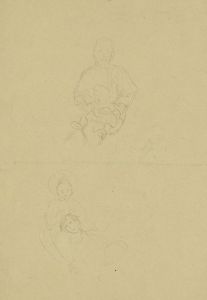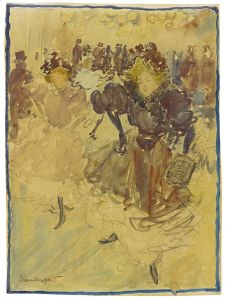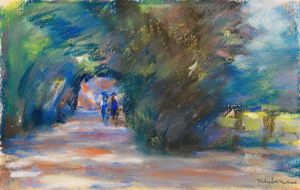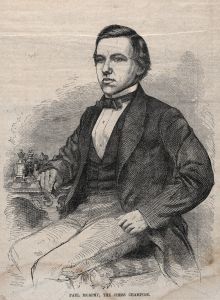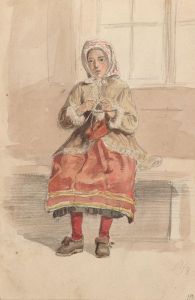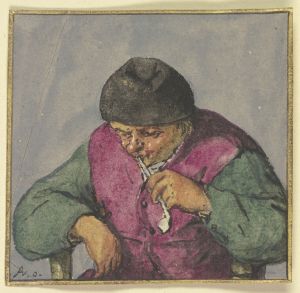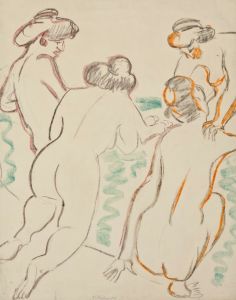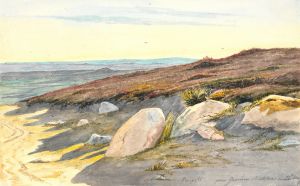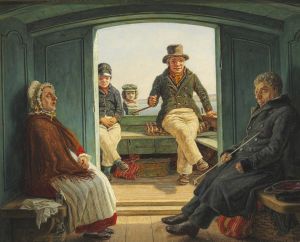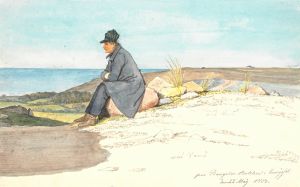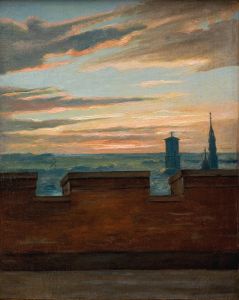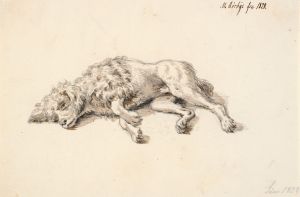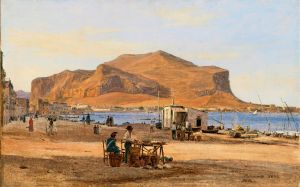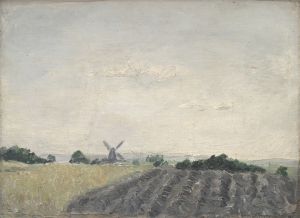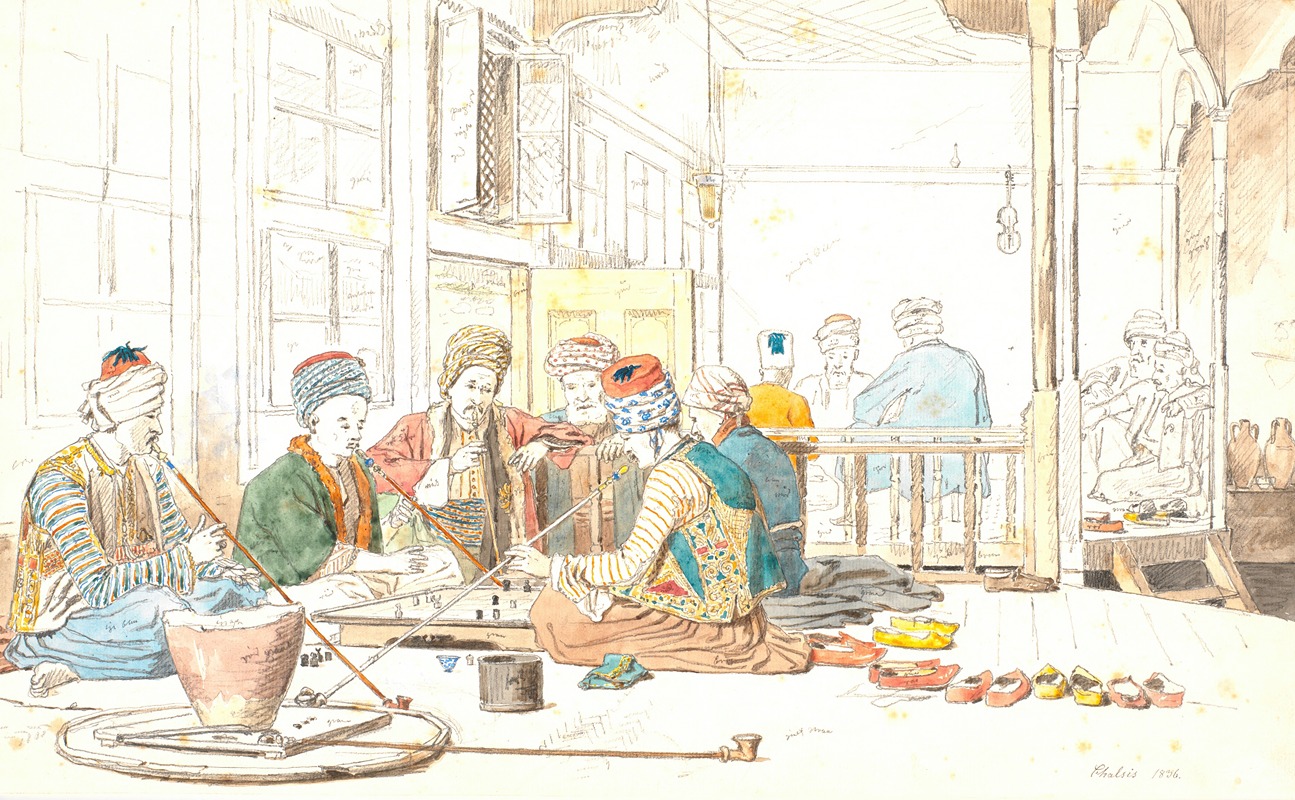
Tyrkere ved brætspil i café i Chalkis
A hand-painted replica of Martinus Rørbye’s masterpiece Tyrkere ved brætspil i café i Chalkis, meticulously crafted by professional artists to capture the true essence of the original. Each piece is created with museum-quality canvas and rare mineral pigments, carefully painted by experienced artists with delicate brushstrokes and rich, layered colors to perfectly recreate the texture of the original artwork. Unlike machine-printed reproductions, this hand-painted version brings the painting to life, infused with the artist’s emotions and skill in every stroke. Whether for personal collection or home decoration, it instantly elevates the artistic atmosphere of any space.
"Tyrkere ved brætspil i café i Chalkis" (Turks Playing a Board Game in a Café in Chalkis) is a painting by the Danish artist Martinus Rørbye. Created in 1835, this artwork is a notable example of Rørbye's interest in capturing everyday life and cultural scenes during his travels.
Martinus Rørbye (1803-1848) was a prominent figure in the Danish Golden Age of painting. He was known for his detailed and realistic depictions of landscapes, architecture, and daily life. Rørbye's works often reflect his extensive travels across Europe and the Near East, where he sought to document the diverse cultures and environments he encountered.
The painting "Tyrkere ved brætspil i café i Chalkis" depicts a group of Turkish men engaged in a board game inside a café in Chalkis, a town on the Greek island of Euboea. This scene is set against the backdrop of the Ottoman Empire, which ruled over Greece during that period. The café setting provides a glimpse into the social life and customs of the local population under Ottoman rule.
In the painting, Rørbye employs a meticulous attention to detail, capturing the attire of the men, the interior of the café, and the relaxed atmosphere of the scene. The men are dressed in traditional Ottoman clothing, which includes turbans and flowing robes, indicative of the era's fashion. The board game they are playing is likely to be backgammon, a popular game in the region, although the specific game is not explicitly identified in the painting.
Rørbye's use of light and shadow enhances the realism of the scene, creating a sense of depth and dimension. The natural light streaming into the café illuminates the figures and their surroundings, highlighting the textures and colors of their garments and the café's interior. This careful rendering of light and detail is characteristic of Rørbye's style and contributes to the painting's lifelike quality.
The painting is significant not only for its artistic merit but also for its ethnographic value. It provides a visual record of a specific cultural moment in the 19th century, offering insights into the daily lives and social interactions of people living under Ottoman rule in Greece. Rørbye's work serves as a historical document, preserving the visual and cultural heritage of the time.
"Tyrkere ved brætspil i café i Chalkis" is part of the collection at the Statens Museum for Kunst (National Gallery of Denmark) in Copenhagen. The museum houses an extensive collection of Danish and international art, and Rørbye's painting is an important piece within their holdings, representing the intersection of art, history, and cultural documentation.
In summary, Martinus Rørbye's "Tyrkere ved brætspil i café i Chalkis" is a masterful depiction of a moment in 19th-century Ottoman Greece, showcasing the artist's skill in capturing the essence of everyday life and cultural practices through his detailed and realistic painting style.





